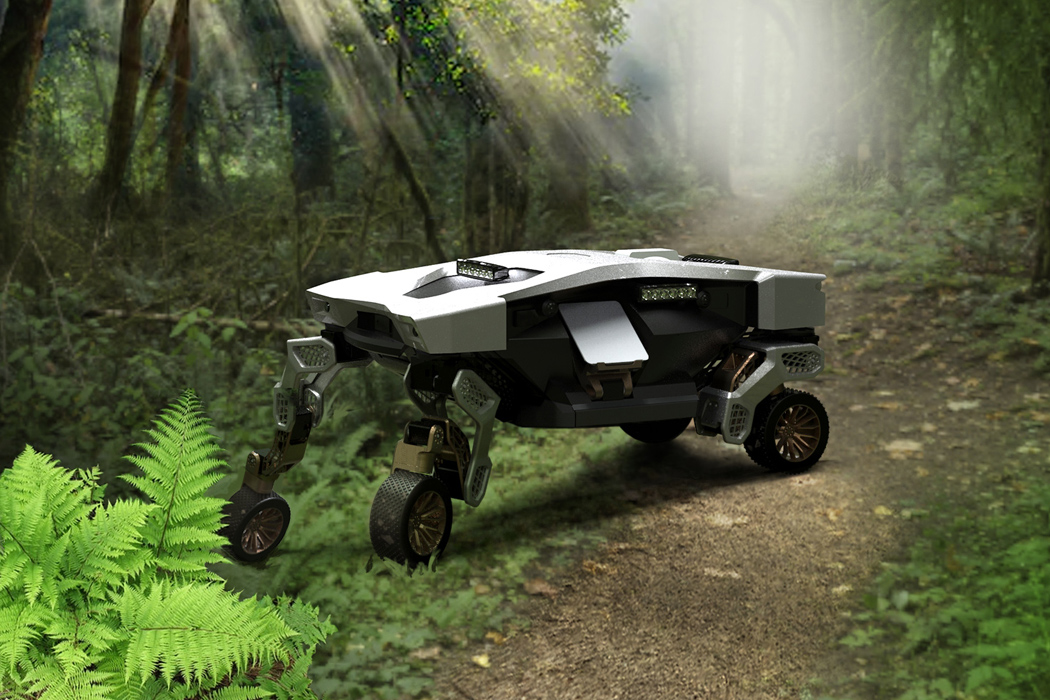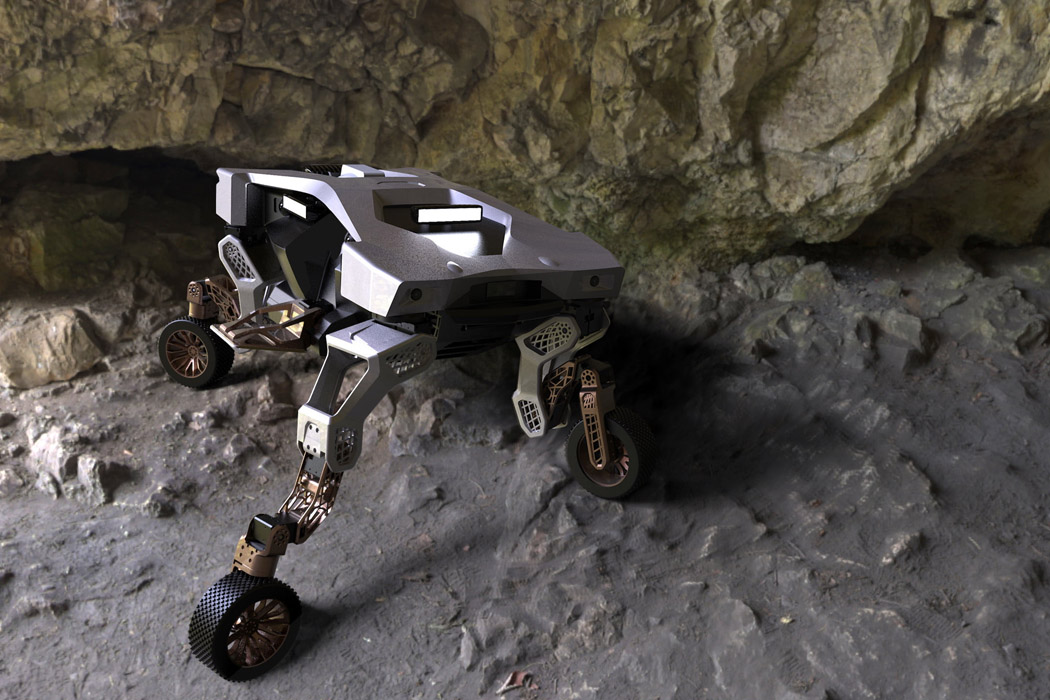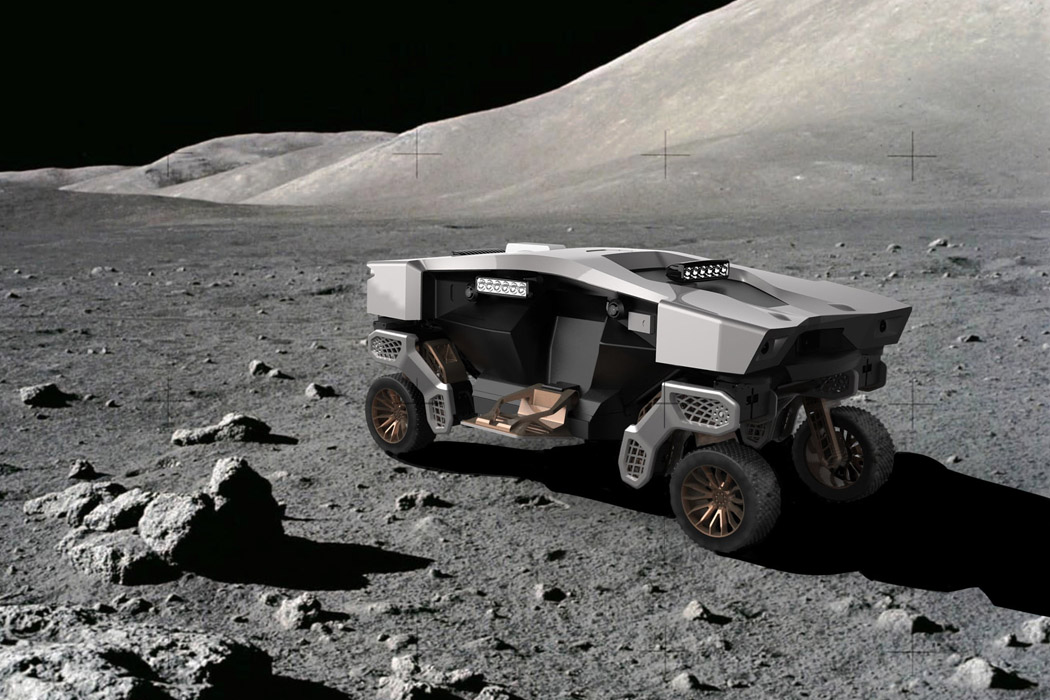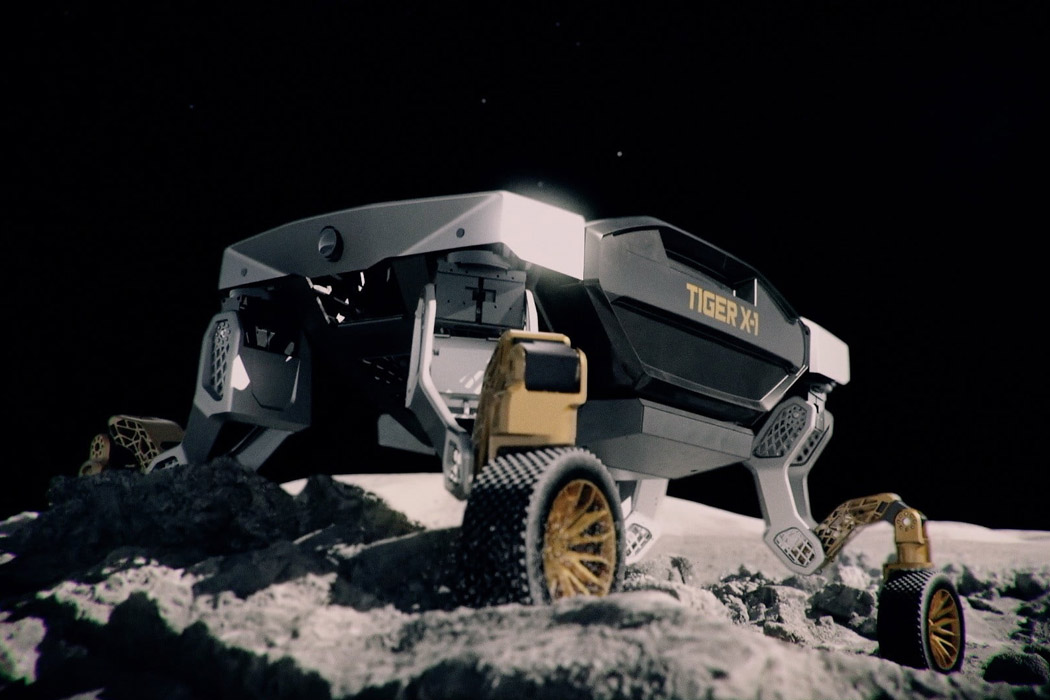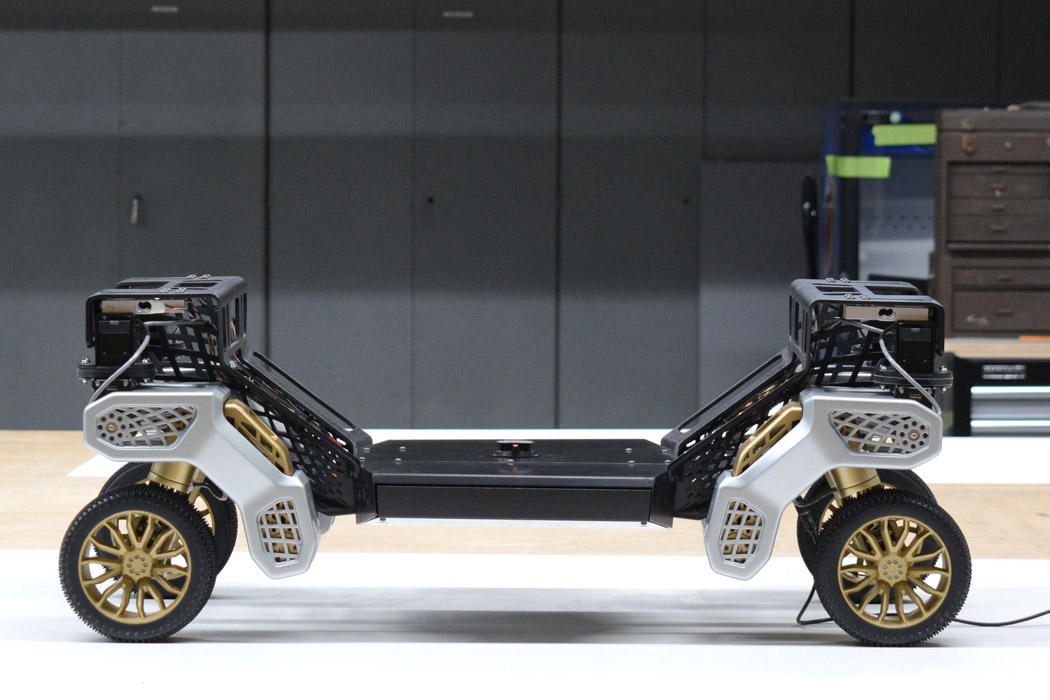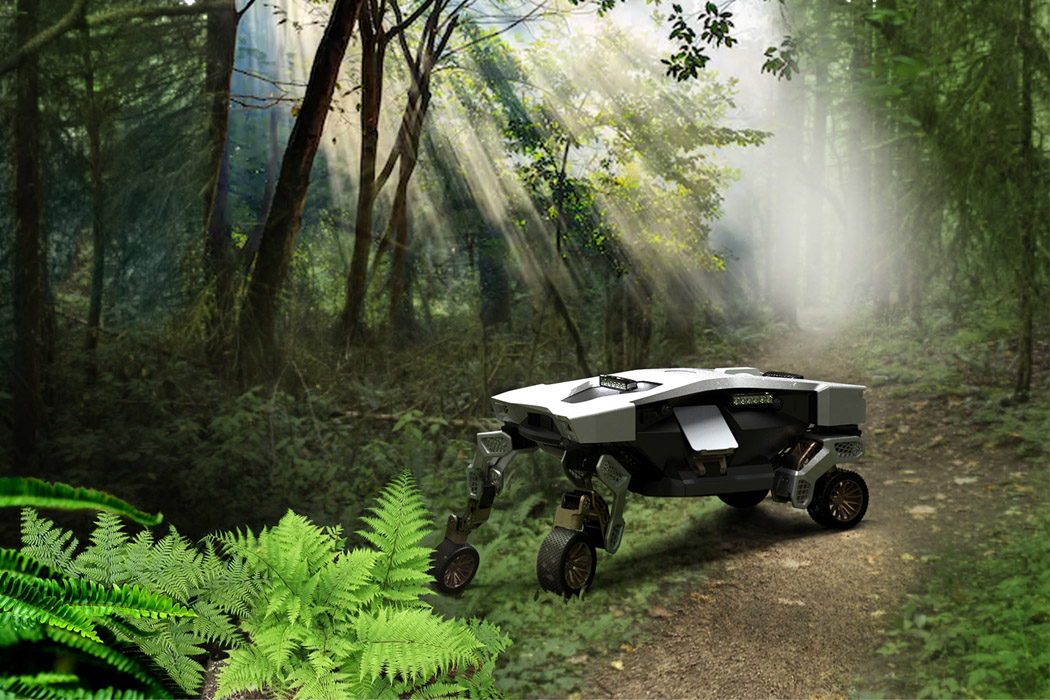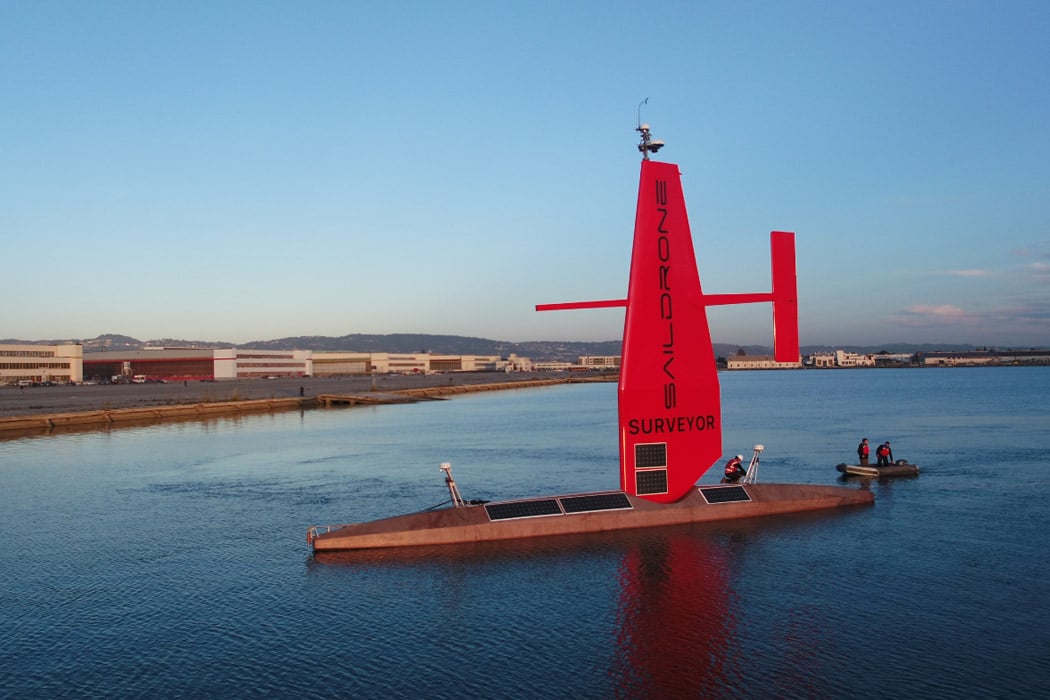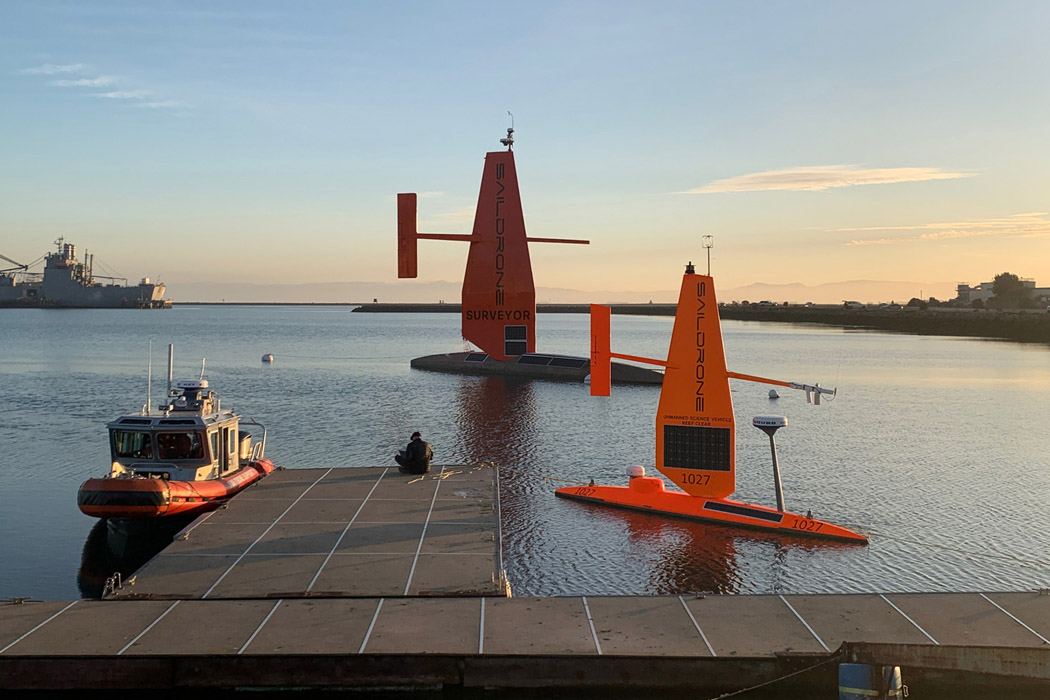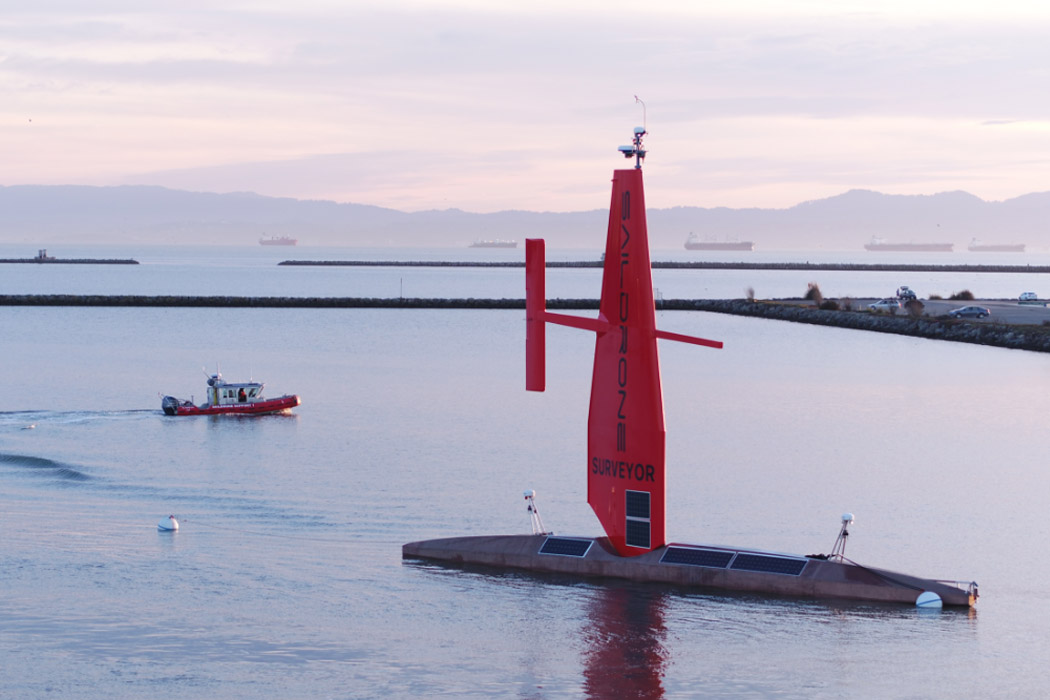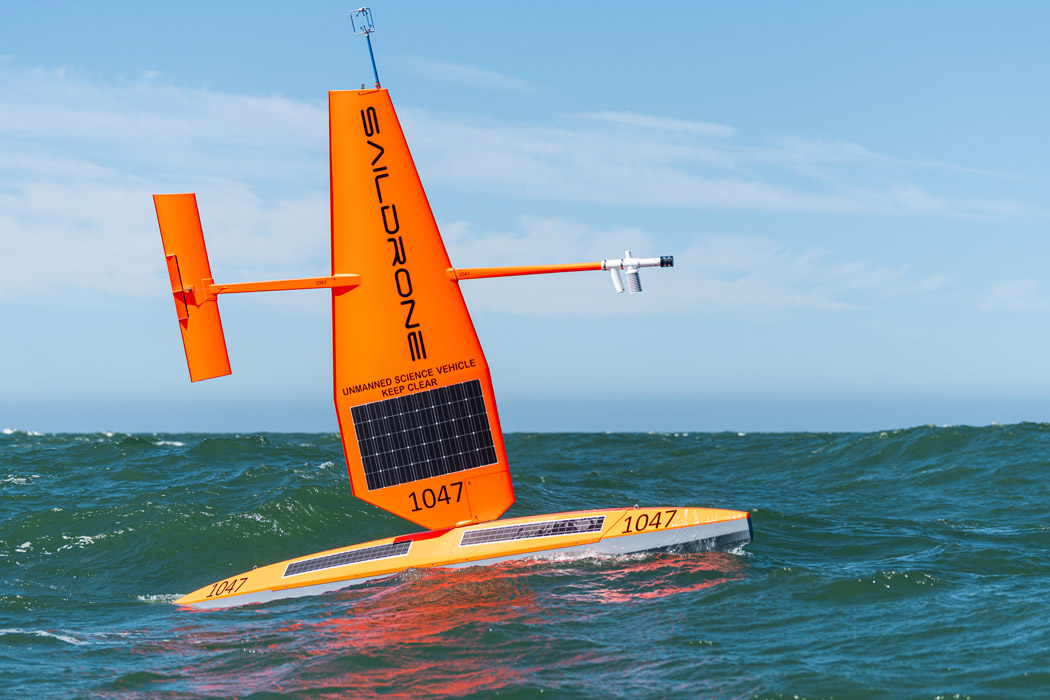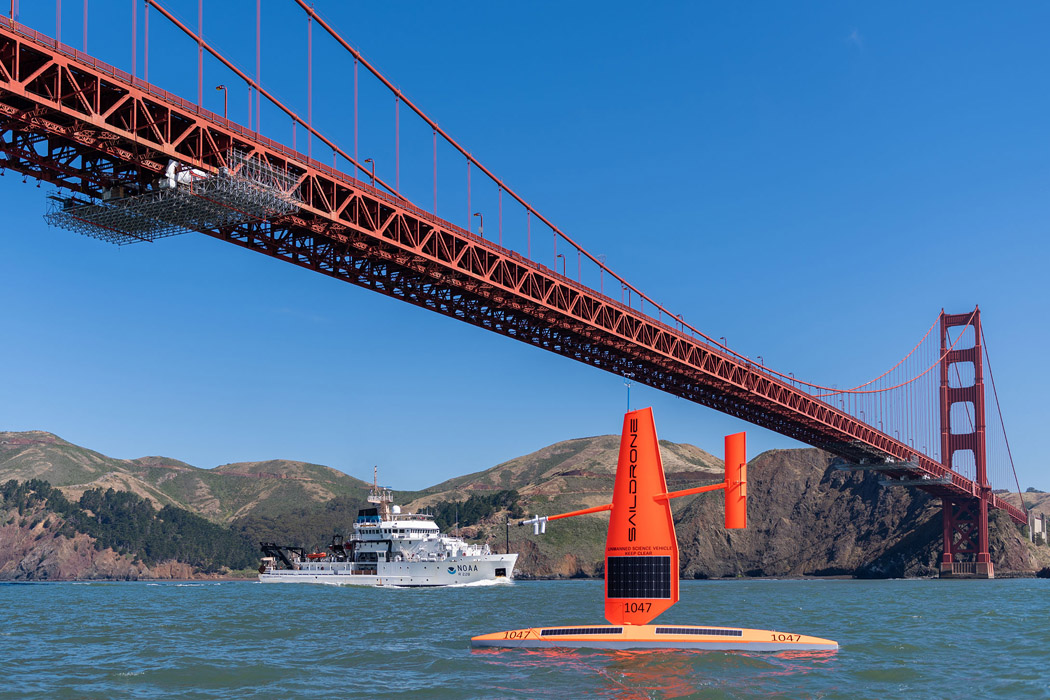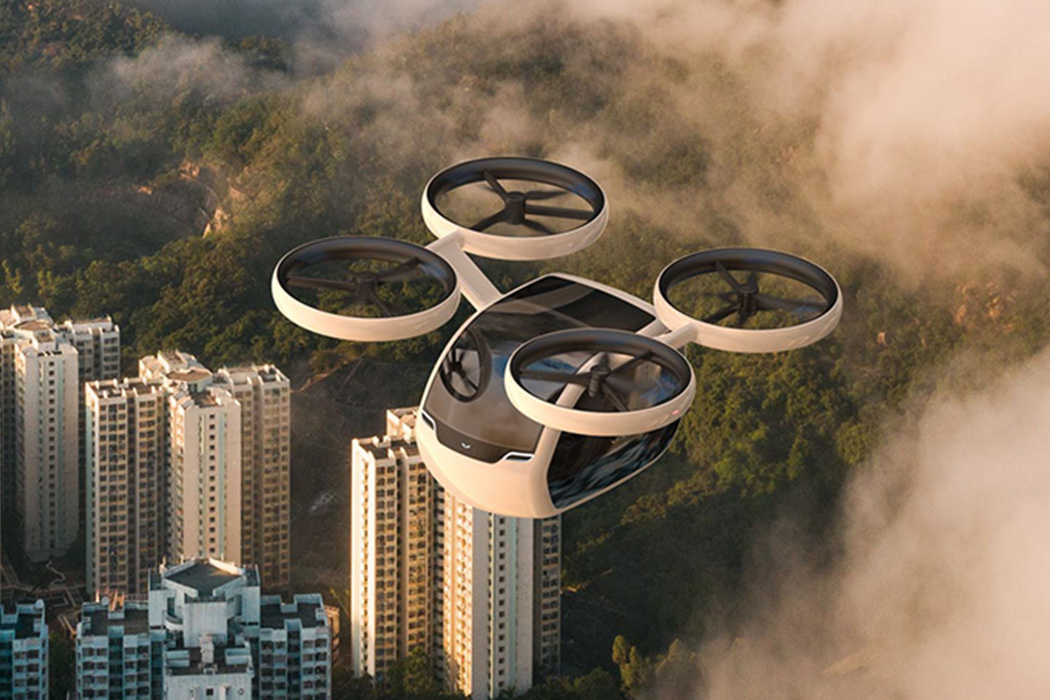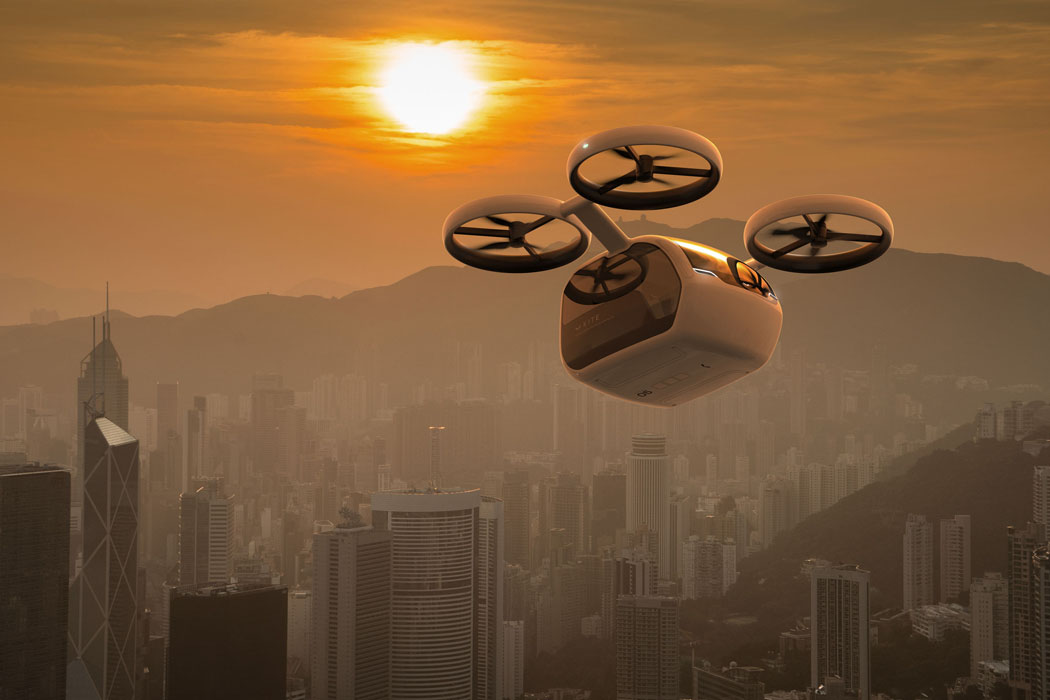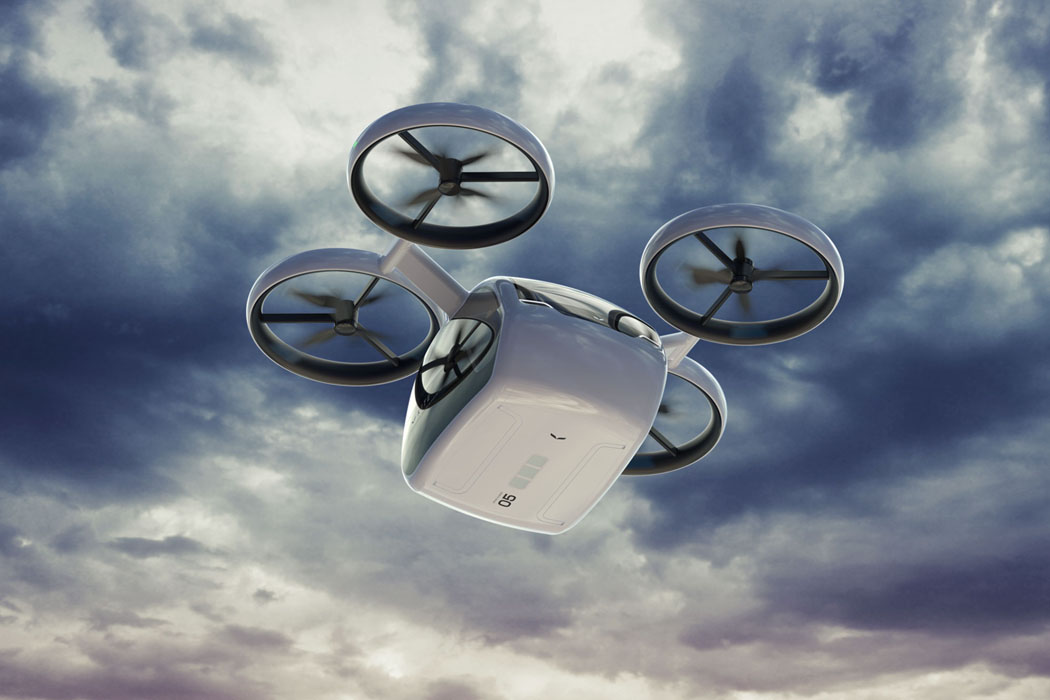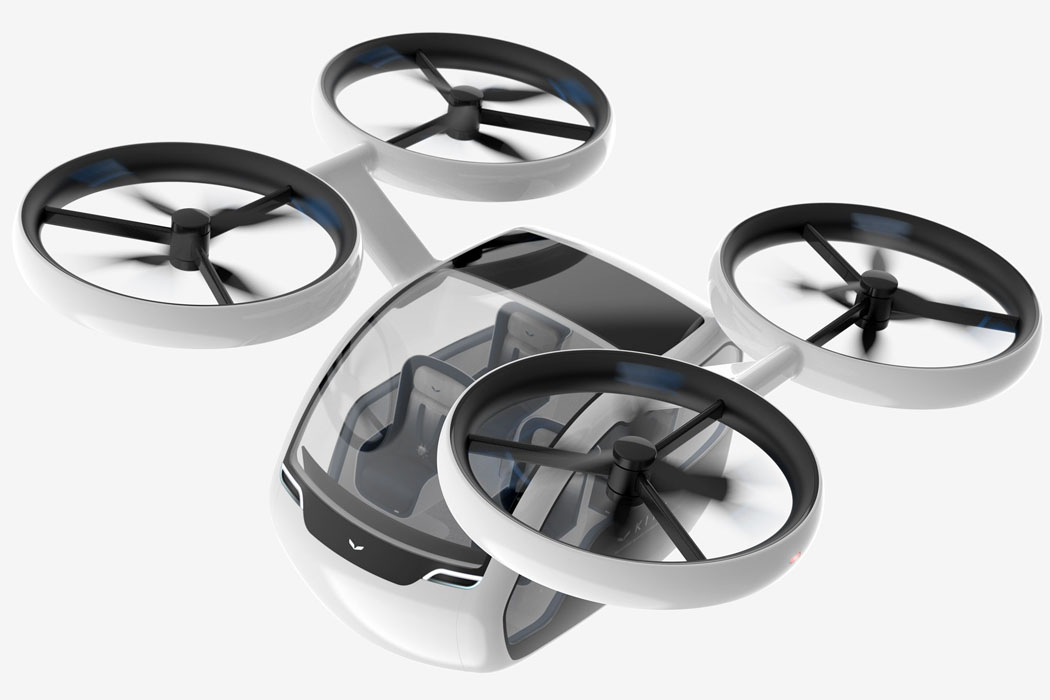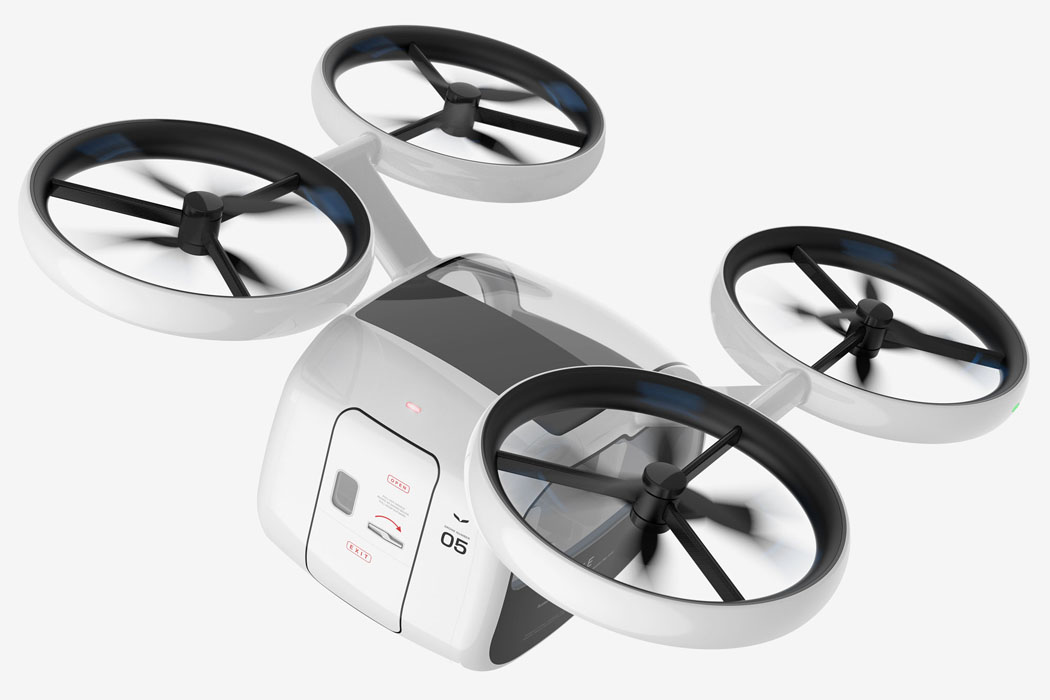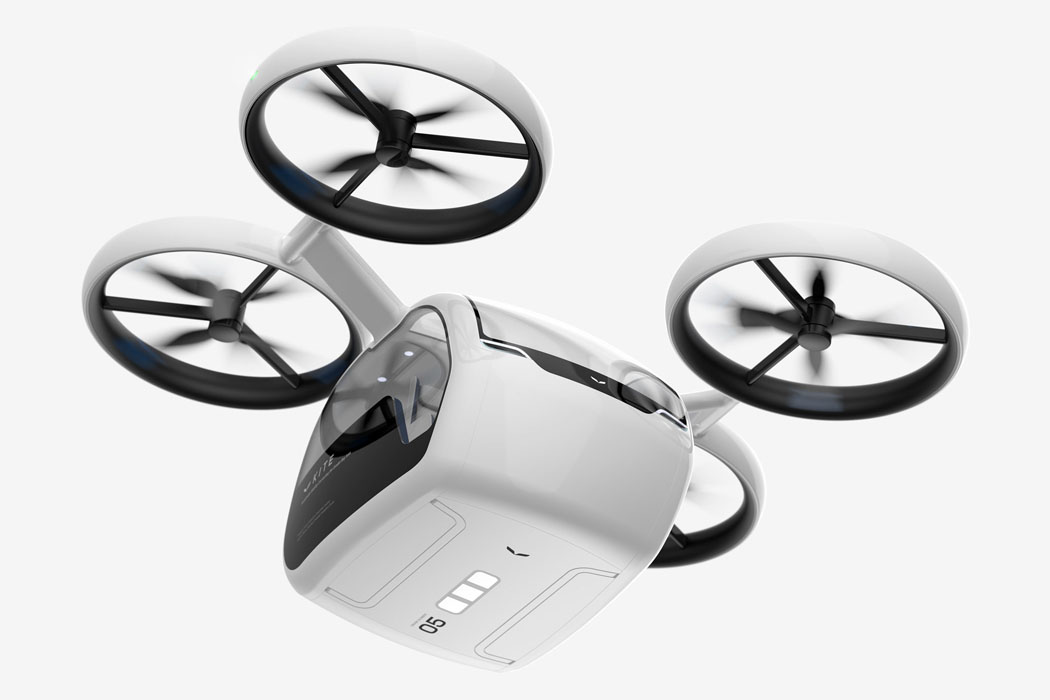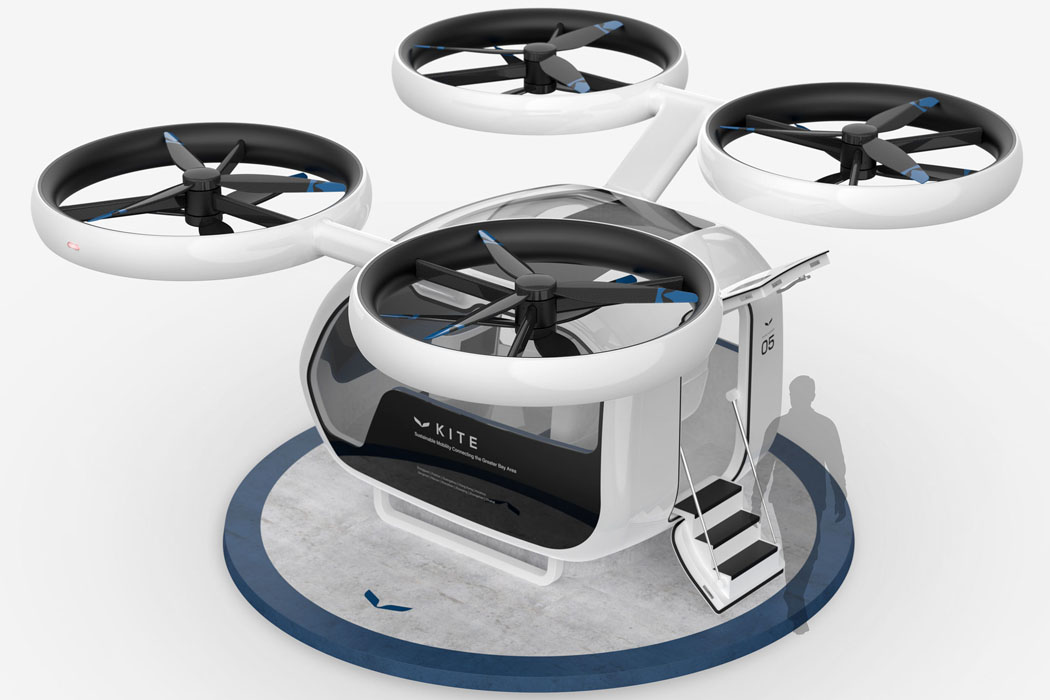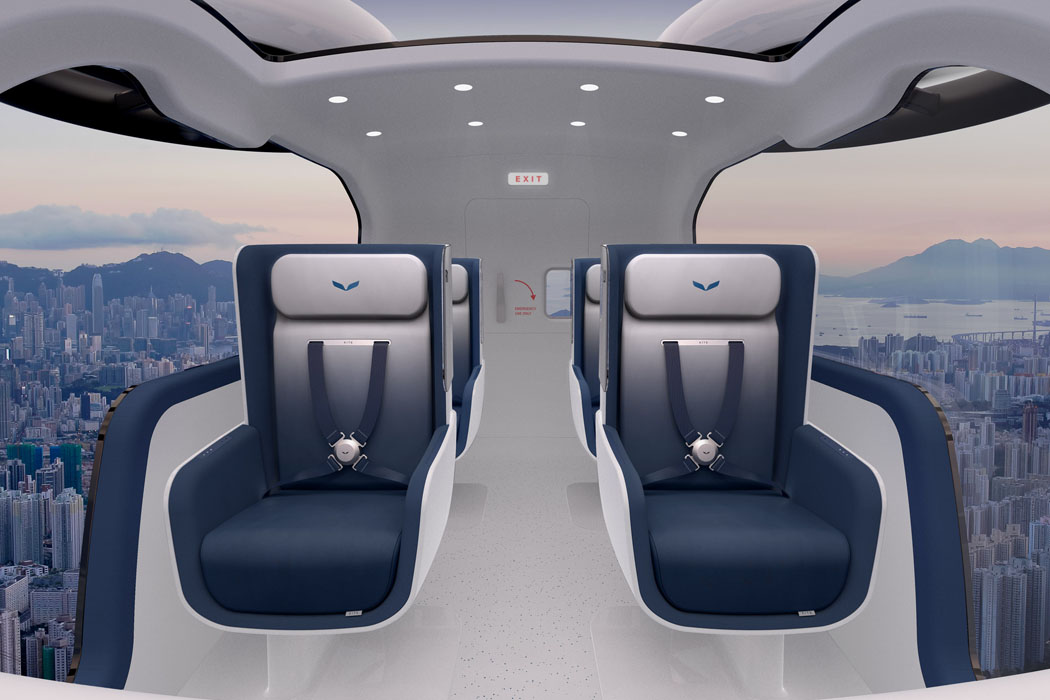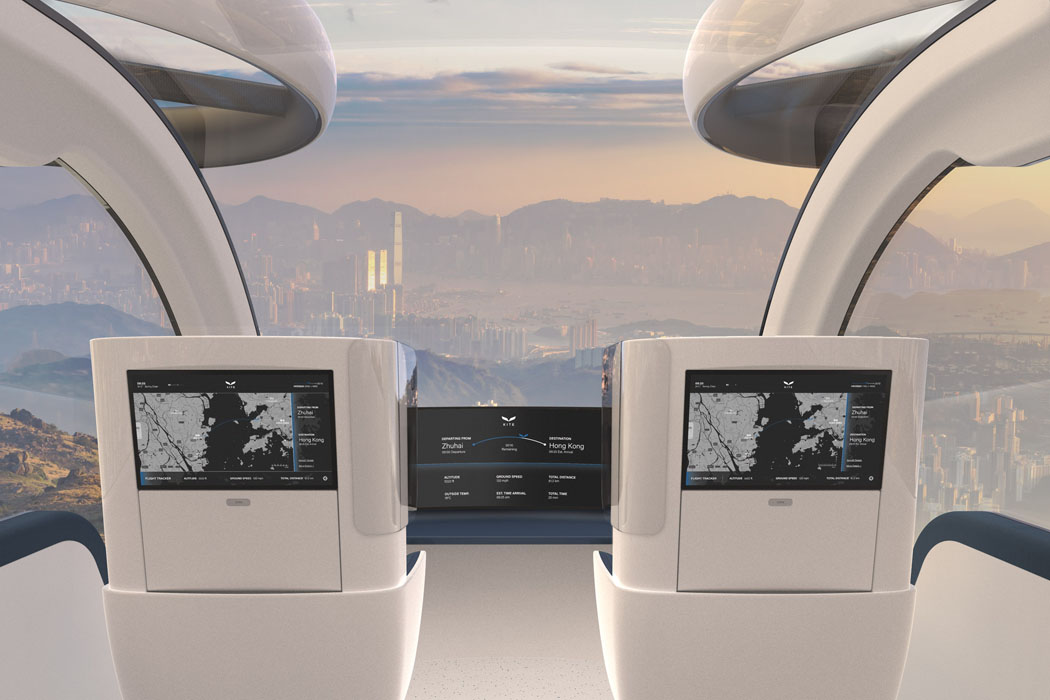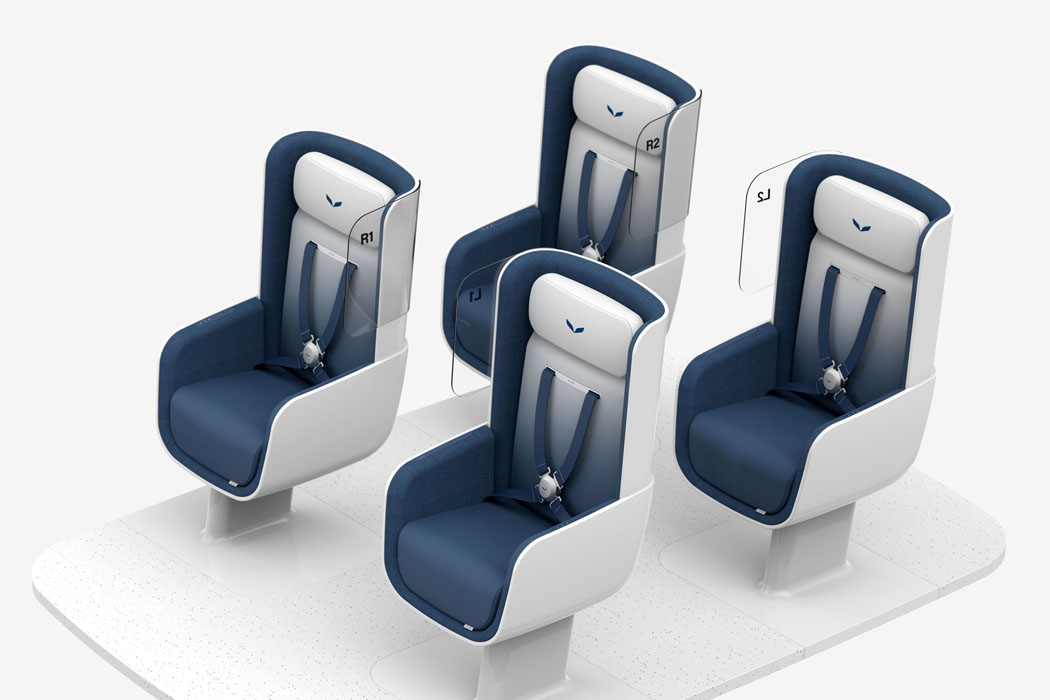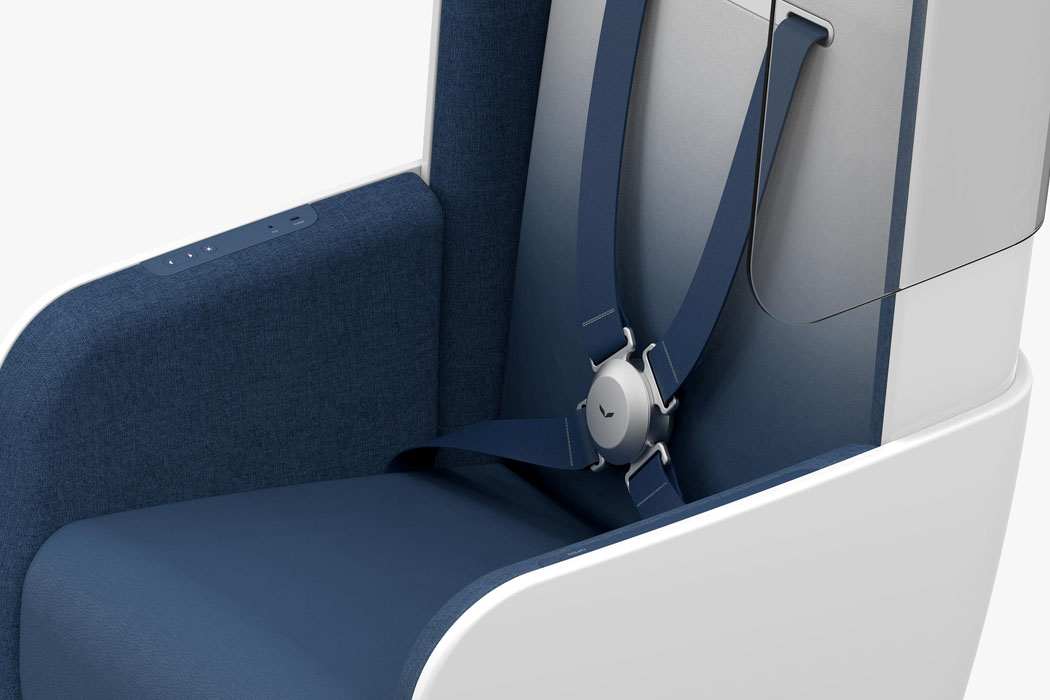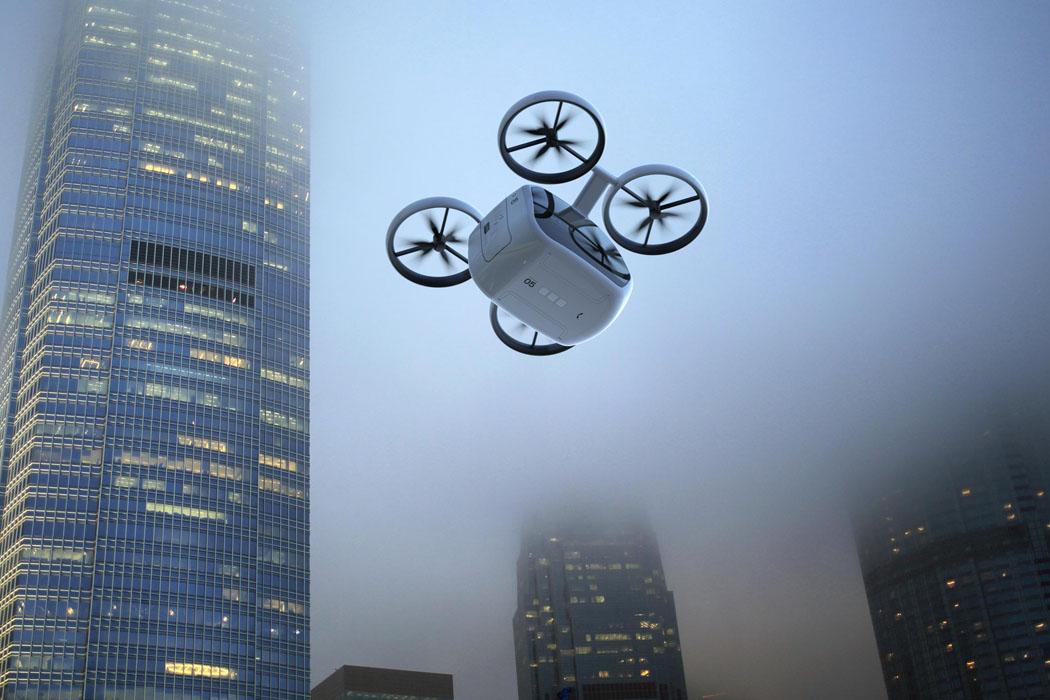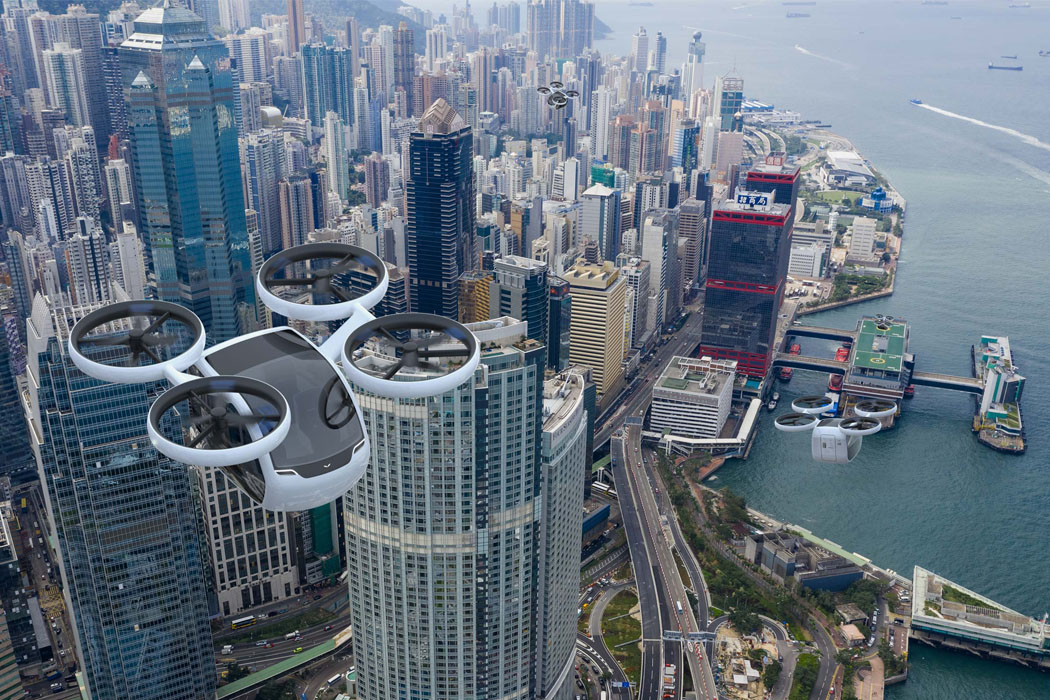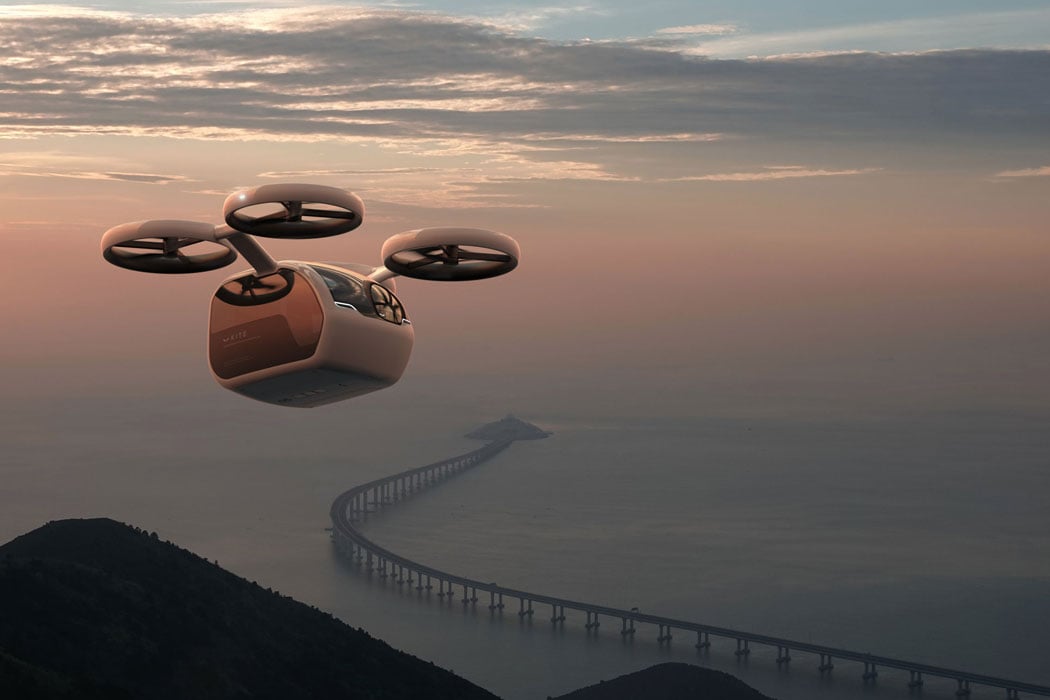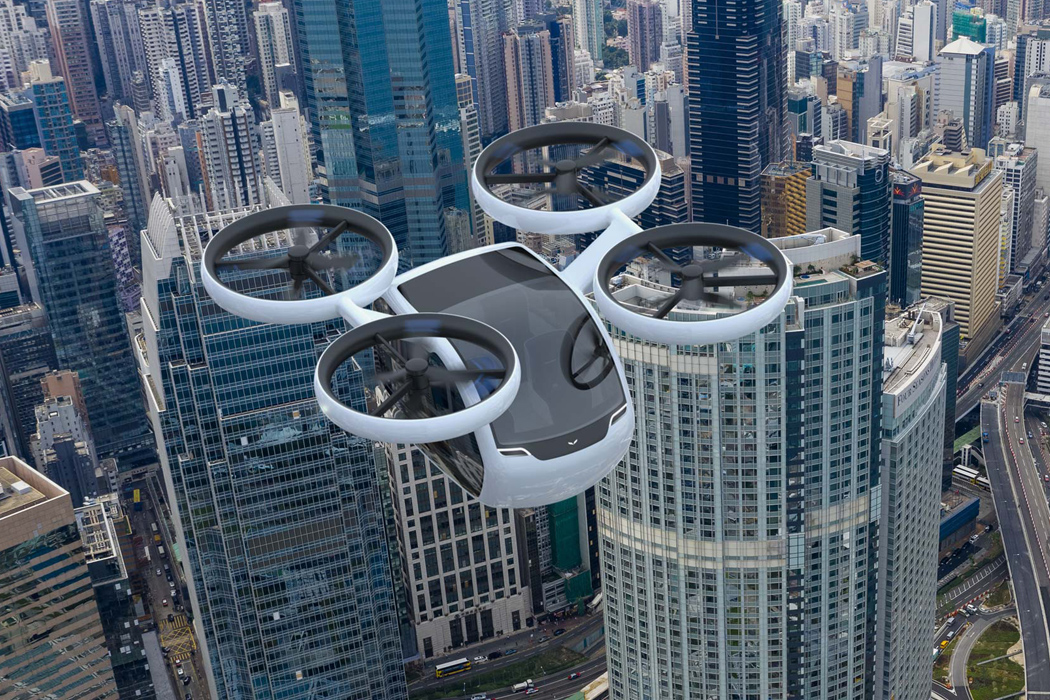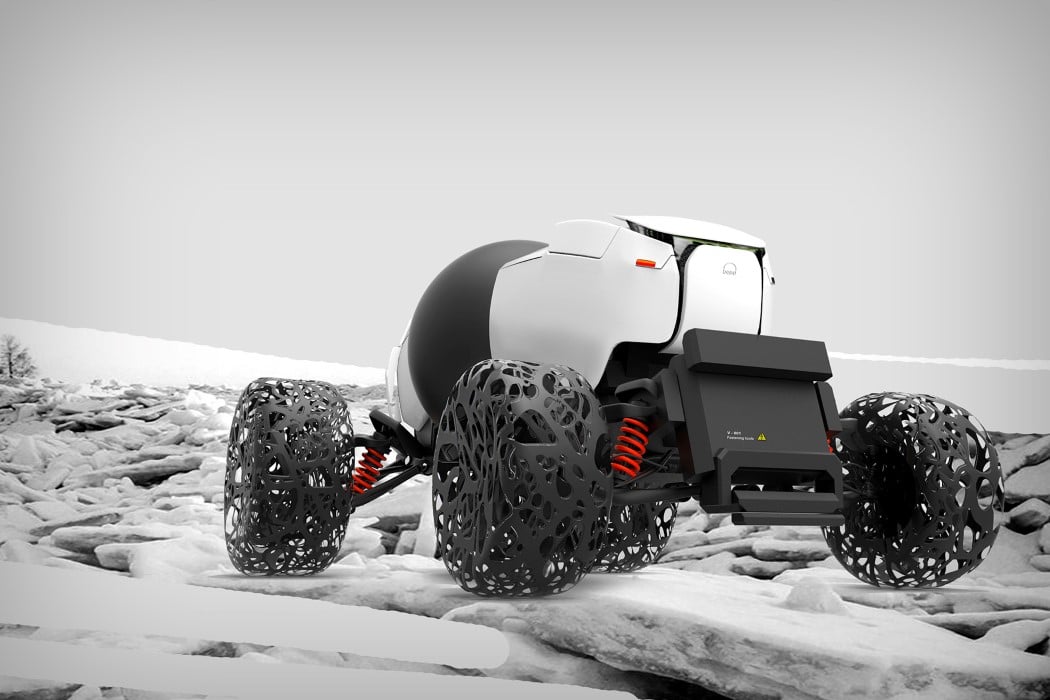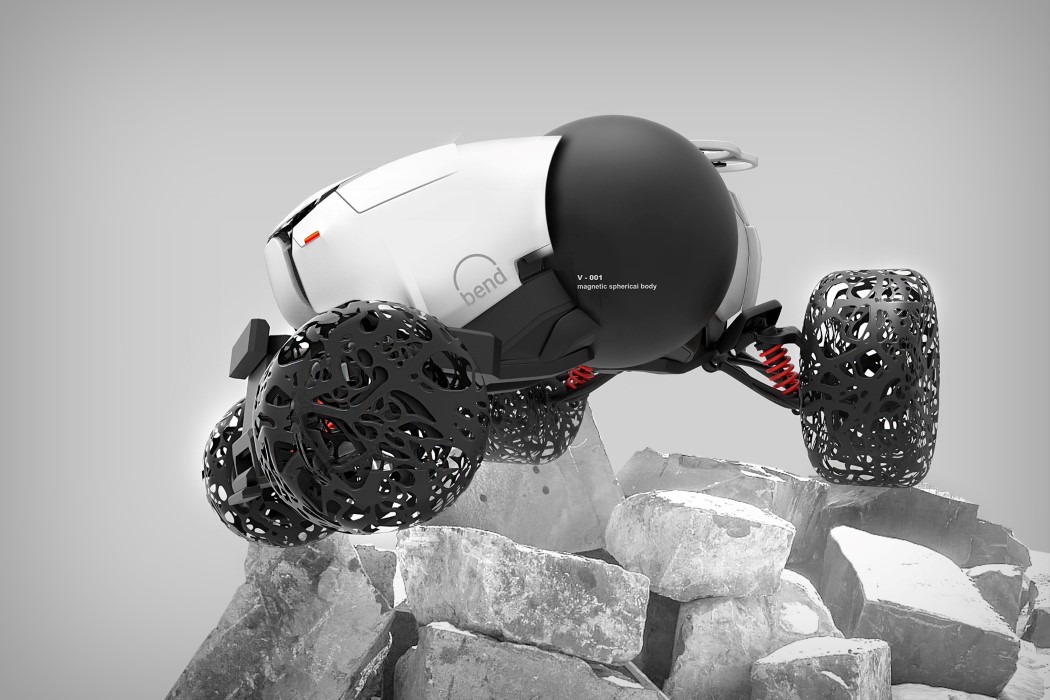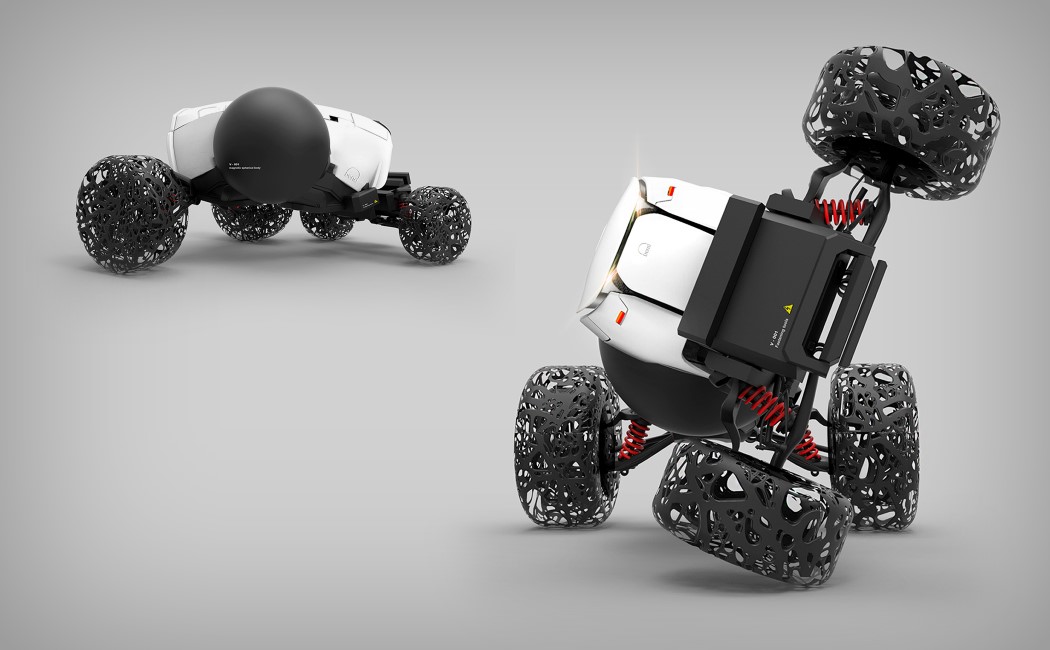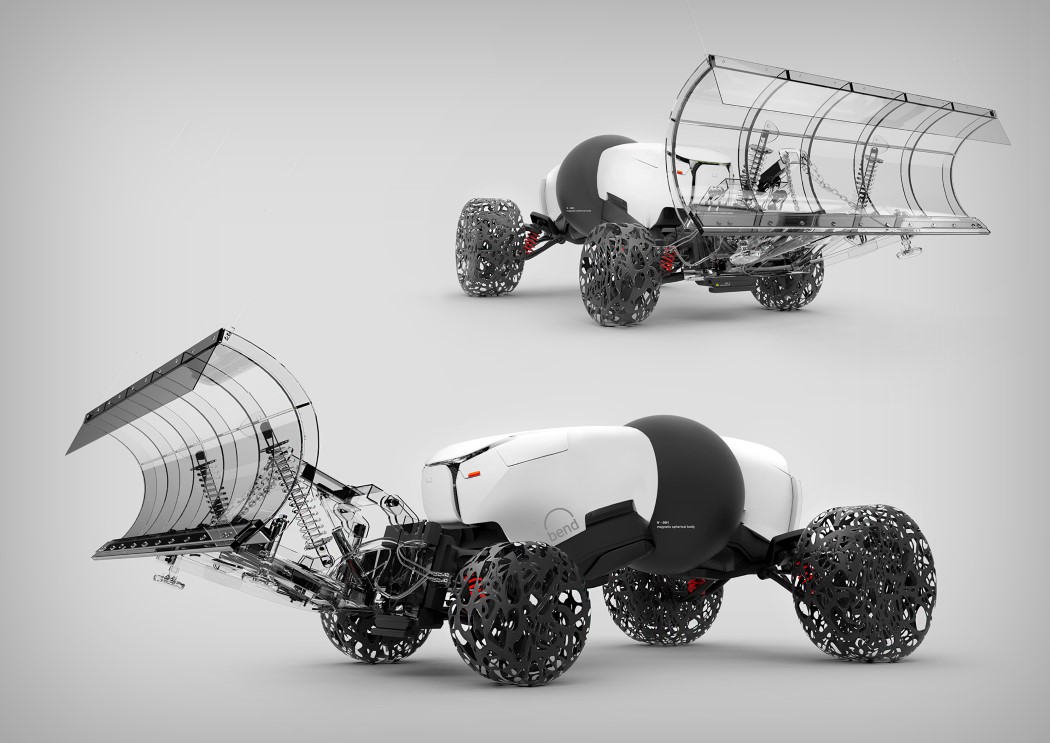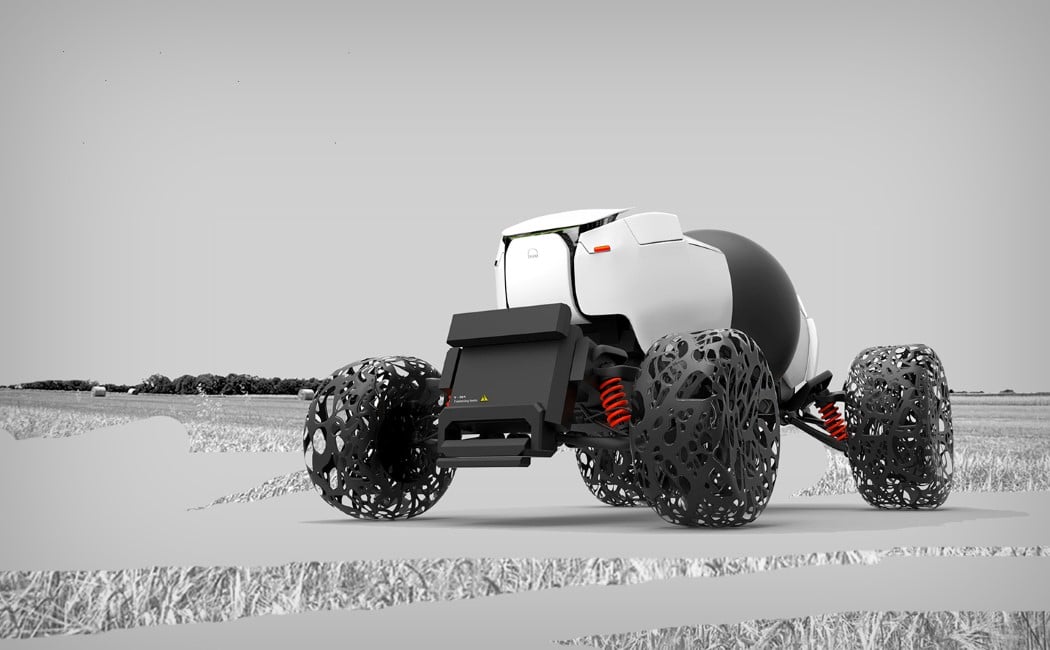Walking in the footsteps of Elevate – Hyundai’s Ultimate Mobility Vehicle (UMV) shown-off at CES 2019, is the all-new TIGER that the Hyundai Motor Group revealed today. A logical progression in the development of the walking car robot dream that Hyundai has been chasing for quite some time, the TIGER (Transforming Intelligent Ground Excursion Robot) concept is developing under the freshly formed New Horizons Studio in collaboration with Autodesk and Sundberg-Ferar. This will be the company’s first unmanned Ultimate Mobility Vehicle (UMV) with the 360-degree directional control, designed typically to carry payload on challenging terrain in remote locations.
As Dr. John Suh, Head of New Horizons Studio, aptly put forward, the group’s vision to design automated vehicles like TIGER and the associated technologies to push the envelope of imaginations for future UMV’s. He said, “We are constantly looking at ways to rethink vehicle design and development and re-define the future of transportation and mobility.” The vehicle’s size and total weight are kept to the minimum courtesy of the carbon fiber composite additive printing – making it possible to transport TIGER to remote locations via unmanned aerial vehicles (UAV’s) for exploration or delivering emergency payload for rescue missions. Taking the capabilities of any off-road vehicle to the next level, TIGER can transform its locomotion from wheeled mobility to walking abilities instantly. Hyundai Motor Group calls it the Leg-wheel articulation that enables it to deliver payload in inhospitable terrain safely. For the most part, TIGER uses an all-wheel-drive mechanism to get over the landscape, and when things get too tricky for its wheels, it’s time to get walking.
The first prototype version of the TIGER will be X-1 (‘X’ for experimental) – honing strong legs and chassis thanks to the advanced generative design capabilities. Not only will the UMV be ideal for rescue missions and payload delivery, but it will also be perfect for 360-degree surface evaluation for other planetary exploration missions – the likes of the Moon mission or the ongoing Mars missions. As per David Byron, Manager of Design and Innovation Strategy at Sundberg-Ferar. “TIGER is a modular platform design allowing different bodies to be attached to the chassis for unique applications such as cargo delivery or surveillance in locations not suitable for humans.”
While Elevate is designed to carry passengers, this one solely targets unscrewed missions with its compact form factor. Now that Hyundai Motor Group has acquired Boston Dynamics, this robotic powerhouse’s characteristics may well come into play for bringing the two walking robots to life. In a way, it looks like the evolved cousin of Spot the dog robot already. We can expect the TIGER X-1 to take shape in the next couple of years, and a buyable version is expected at least five years from now. After all, designing a vehicle like this is no child’s play!
Designer: Hyundai Motor Group
